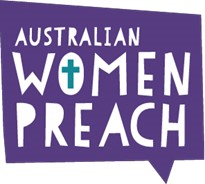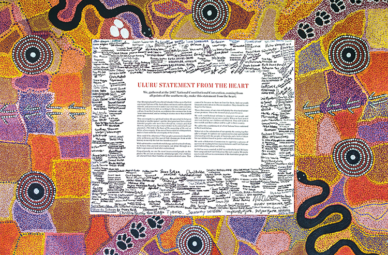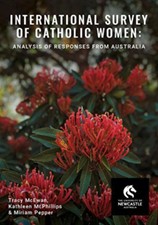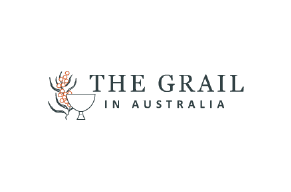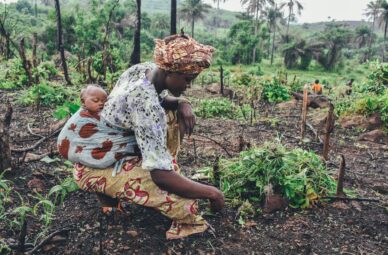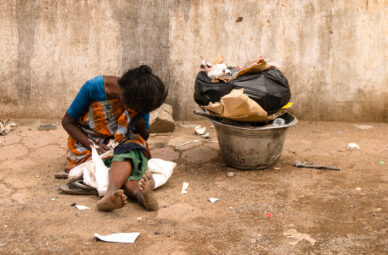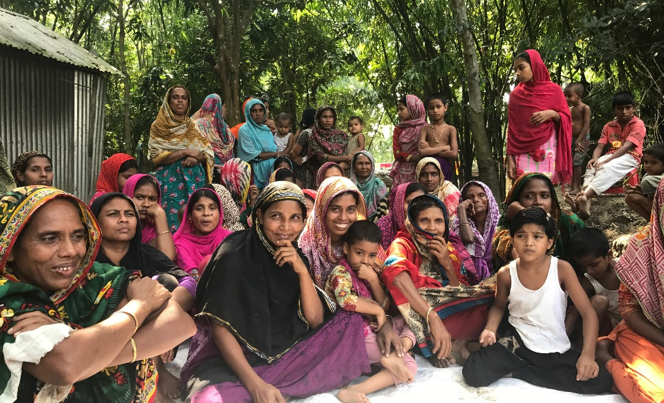
Women’s Economic Empowerment: Five Lessons From the Field
February 27, 2020Written by Ellie Wong
Women’s economic empowerment – or WEE – has increasingly featured on the international aid agenda. WEE is one of three strategic priorities in Australia’s Department of Foreign Affairs and Trade’s Gender Equality Strategy. The UN High-Level Panel on WEE says it “is at the heart of the 2030 Agenda”. In 2019, the US International Development Finance Corporation’s 2X Women’s Initiative surpassed targets to catalyse $1 billion for global WEE efforts.
The rationale is clear. Women are disproportionately impacted by poverty. Evidence tells us when a woman contributes to household income, poverty declines and investments in child health and education grow. WEE is ‘smart economics’. With rising global attention, how is this translating to aid programs? World Vision Australia (WVA) is piloting several targeted WEE programs and initiatives across our economic development programs. While we continue to learn, here are five ways we are working to promote WEE outcomes across our programs.
1. Applying a gender lens helps to promote more inclusive markets
Applying a gender lens is critical to understanding how markets function. Women are already working alongside men as producers, consumers and employees in agricultural markets. It’s estimated that nine out of ten of the world’s farms are managed by families where women work alongside men. If women are not reaching their potential in the market system, the whole system is constrained, which limits growth, poverty reduction and women’s potential.
However, women’s experience in economic markets is different to men’s. In 2019, the Donor Committee for Enterprise Development did a useful wrap up on this. Women are more likely to be in less profitable businesses and sectors, face the ‘double burden’ of paid and unpaid care (or domestic) work, as well as harmful gender and social norms such as women are not ‘real farmers’, or doing the ‘easy’ work. Furthermore, women often don’t benefit from the income they help generate. Given the prevalence of family farms, as the Food Agriculture Organisation notes, we need to understand the household unit as part of agriculture markets, including gendered dimensions.
2. Make ‘empowerment’ the end game
The term ‘empowerment’ is thrown around a lot in development. However, given the challenges faced by women, adopting a holistic WEE definition and benchmark for success is important. Program teams need to understand, and buy into, ‘empowerment’ as the core goal from the beginning. Otherwise, gender equality risks being deprioritised as a ‘side’ issue.
Of course, economic advancement – income and jobs – are foundational. As is access to opportunities and resources. However, women’s agency to make and act on economic decisions, and equitable systems – legal and policy frameworks, social and gender norms – are also key. If women have the skills to improve productivity, but lack of decision-making ability to execute production or business plans, economic advancement is constrained. If prevailing gender norms lead to men being prioritised for training, when women do the lion’s share of the work in a value chain, access to skills development is similarly constrained. Programs should strive to achieve all key WEE domains: women’s economic advancement, access, agency and equitable systems.
3. Ensure the potential for WEE is at the forefront of design decisions
When selecting sub-sectors or value chains and developing interventions, programs analyse market demand, profitability, pro-poor potential and opportunities for partnership. This is the program’s assessment framework and decision-making criteria informing the livelihoods approach. The potential for strong WEE outcomes needs to be included as part of these core criteria. Are there low entry barriers for women (e.g. mobility, resource/time intensiveness)? Are women participating in the sub-sector or value chain already or are there new opportunities where women can benefit? Then programs will be able to weigh up (and debate!) the options – women-led, men-led, jointly led or a mixture of sectors – and can develop a corresponding WEE vision, strategy and integrated results chains to ensure both women and men can benefit.
This requires investing in a more intensive gender responsive design and assessment phase with inter-disciplinary expertise to understand the challenges of women compared to men. Data collection should focus on understanding women’s perspectives by consulting them. Leaving gender analysis too late, or not integrating it with core economic analysis, will significantly limit its value.
4. Adopt a hybrid approach
Markets are all-pervasive but do not always benefit the poor, especially poor women. To promote inclusive markets, WVA adopts a hybrid push-pull approach, which seeks to build the productive capacity of small-scale producers, while working to strengthen market systems.

Across our Inclusive Market Systems Development (iMSD) portfolio, WVA works with private sector partners on gender inclusive business models and ‘pull’ strategies, which ‘reach down’ and engage poor women and men as producers, employees and consumers. By recognising that people at different poverty levels require different support, WVA also integrates ‘push’ strategies which ‘lift up’ the poor, particularly women, through household engagement, business and financial literacy training. Gender-based constraints are addressed across this hybrid approach. We need to continue to make the business case for gender equality with the private sector. However, as an NGO, we can design interventions that work directly with households and communities to support women’s equitable participation alongside men.
5. Make women visible and value their work
It can be tempting to think that gender and social norms are not really economic development work. But it’s clear that they are a driving factor (among others) behind the behaviour of market actors and the global ‘profitarchy’, where women are concentrated in the least profitable often informal sectors, with lower incomes compared to men.
In market systems, it’s all about changing behaviour – of the private sector or smallholder farmers. Programs can ‘nudge’ behaviour and shift harmful gender norms by making women visible and valuing their work. A program with relevant gender analysis can support the private sector to reach more customers, improve supply chain or distribution networks. A program highlighting the value of women (e.g. post-harvest processing) in a sub-sector can increase the recognition of women within families and communities.
Programs can promote a ‘household approach’ and equitable gender relations between men and women, working together on livelihoods and sharing the benefits. World Vision are promoting joint visioning and equitable decision-making in our financial literacy and business trainings. In Bangladesh, we are piloting the integration of our core livelihoods programming with an adaptation of Promundo US’s Mencare approach, which engages men as allies in WEE through facilitation sessions with couples on gender equality issues linked to income and nutrition.
**
This article from Devpolicy Blog was republished under a Creative Commons Attribution-NonCommercial-ShareAlike 4.0 International License

